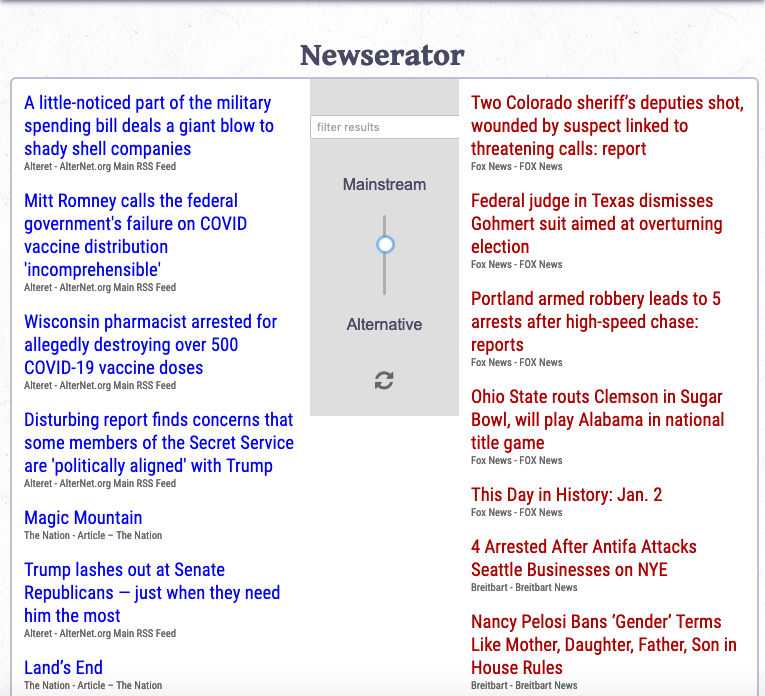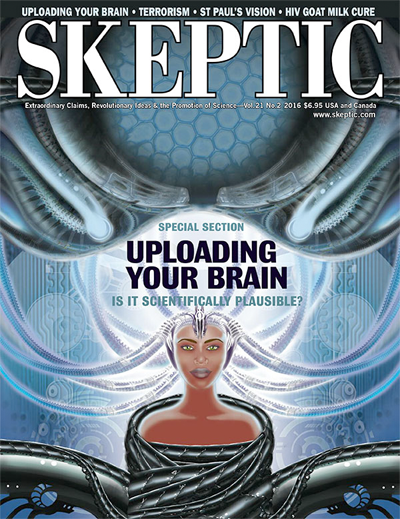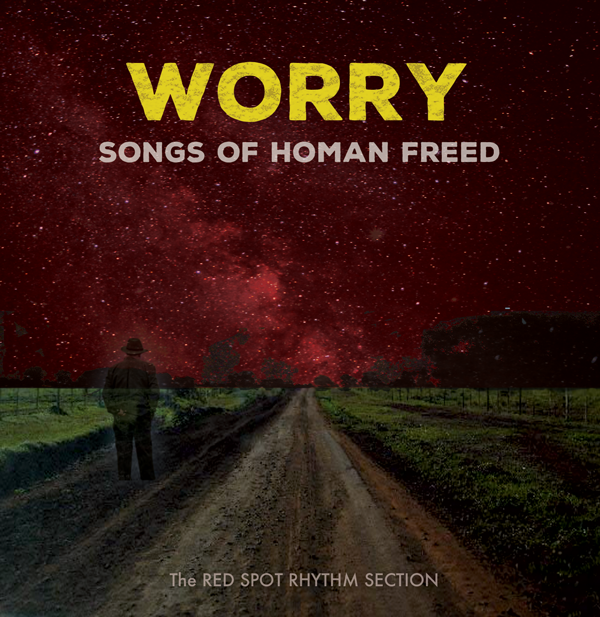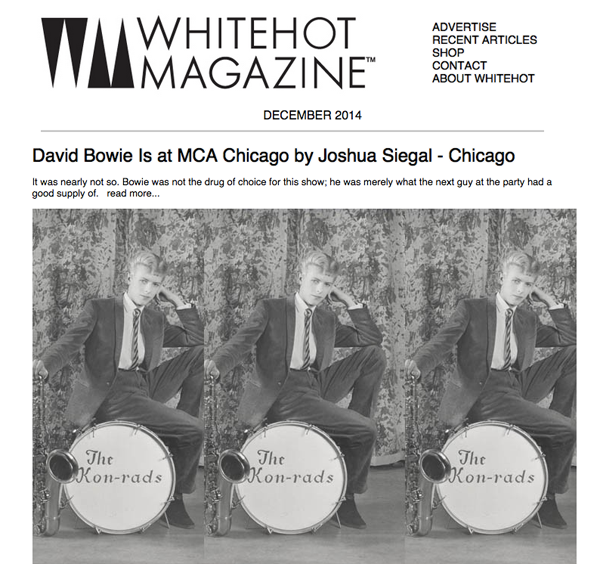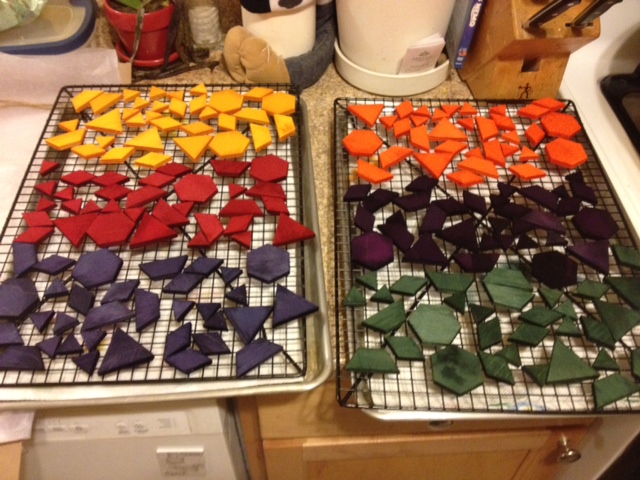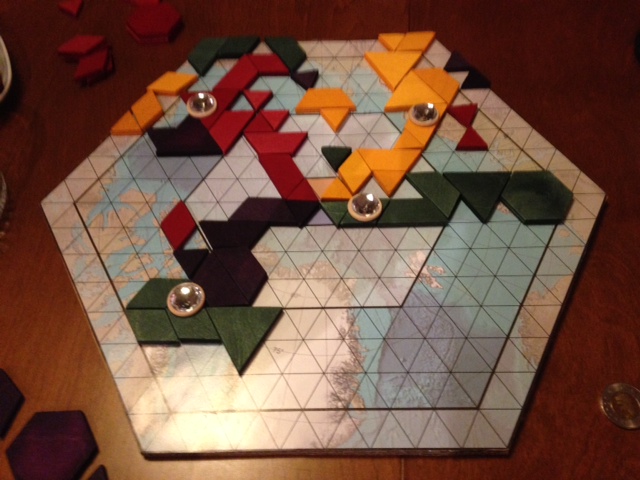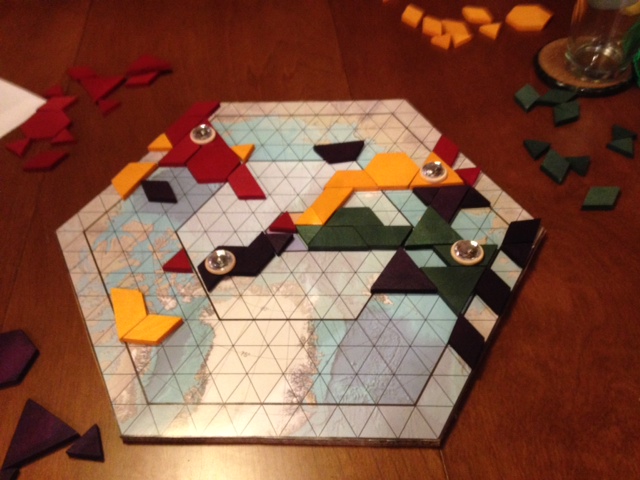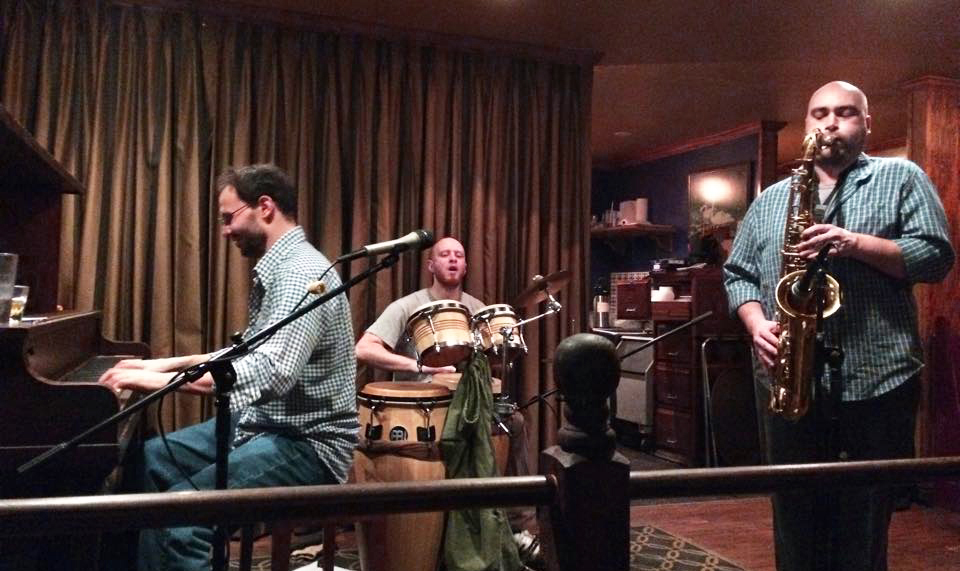Whitehot Magazine of Contemporary Art, August 2012
Eric Holubow and the Presumed Descent of America
Amid hand-wringing and finger-pointing over the presumed descent of America sits Eric Holubow’s photography, nestled into a corridor at the Chicago Cultural Center, as summer tourists stop by to gawk at the pristine renderings of tragic architectural wrecks. Dentures out, wig mislaid, houserobe open, arcing in some graceless pose, these structures hold their pride in dilapidated openness, grateful to be sought before the final collapse. From an architectural (though not technical) standpoint, Holubow is Paparazzi in the nursing home.
The work has been seen by many – including the artist himself – as emblematic of a cultural autumn, or mutely damning exhibits in some prosecution. The title of the CCC showing is “In Decay: Stitching America’s Ruins”, and the metaphor is accurate in that the works indeed form a coherent whole, a fabric felted of fraying scraps. But this is not simply socioeconomic documentary photography, Holubow is not merely an archivist, and he seems in his writing to neglect his collaborators, namely the great forces of Nature and Time, as if the gorgeous forms he captures were scandalous social narratives and not irreplaceable works of generative art.
What is the difference between generative art and what we might call (with a wink) degenerative art, the art of decay? In both cases, the artist’s control is in the parameters, and at this, Holubow proves able to set his frame with great sympathy and circumspection, and in many of his images, you can feel the labored breaths of these once-ornate cavities. In “Prison Block”, a shot inside a Tennessee prison so onerous that a state law was passed forbidding its use, a single pole unevenly bisects the frame, rising to the peeling roof, and Holubow’s lens distorts the cellblock rails so that they curve away, both opening and compressing the space, lending action and intimacy to what must be oppressively drab rectilinear environs.
Sharing space with “Prison Block” in the exhibit is “Nuclear Potential”, a squat concrete cylinder viewed from within its circular enclosure. The photograph has a quite static composition, but it is electrically alive. Moss of a radioactive comic book green lingers innocently as rebar twists skyward above the never-completed reactor housing. Short, empty pipe ports gesture to nowhere. Cut through the curving concrete face is a perfect square, and through it we can stare past its opposite at the back of the enclosure. In many of the pieces in “In Decay”, Holubow presents us, center frame and sitting quietly at the rear, with a door or window we might not notice at first glance.
One such door greets us as we face laterally across Gary Indiana’s Palace Theater, on a balcony edge which curves away and back again to the middle of the frame. Above, the blue-tiled roof has some blotchy disease. Below, a drape with a faded Mediterranean scene still hangs gamely from the proscenium. All of the seats on the main floor are scattered and flattened in a delicious array of scalloped orange forms. The orchestra pit is shamefully exposed, made up in white dust. Above, set into the middle of the opposite wall, a story above the floor, sits the intriguing little door. It is easy to imagine that it leads mischievously to a straight drop down the exterior of the building. Holubow does not show us any exteriors, but these doors and windows cunningly featured hint at a way out – maybe, for the artist, at rescue?
More overt are the beams of light which Holubow captures blasting through cracked stained glass, or else spilling through fissures in ceilings. These luminous interlopers are unnecessary, especially in the case of the many religious interiors captured in this show. The world is littered with religious structures in all states of disrepair, and though their plight is moving and their interiors often gobsmacking, the artist edges disturbingly close to postcard elegies with some of those shots. Part of western religion itself is the tension between the ever-denuding material world and the promised lofty constancy. There is more pathos in the show’s degraded utilitarian spaces.
In a ruined Detriot apartment building lobby, a single chair ignores a baby grand piano pitched forward on its face, its lids open to eternity, its keys unevenly serrated like a player piano frozen in action. A lonely textbook rests in an abandoned classroom, where graffiti decorates the chalkboards and the ceiling has flaked down to cover the children’s desks in with a scatter of serene paint chips, and the cathode-ray television set above on the wall is pristinely preserved. At the Packard Auto Plant, saplings thrive under the angled glass factory roof, which looks out like a wrenched-open greenhouse on acres of drab green farmland. These are the better moments – and they are moments – as many of the structures featured no longer exist.
The exhibit begs to draw us into this chronology, with flatly described histories posted next to each photograph; though interesting, these statements do not explain or improve the resonance of the pieces, which lies in the physical and anthropomorphic subjects and the gentle, accurate care afforded them by the artist. Given the tendency to see ourselves in our constructions, we might connect this exhibit with an inhumanity, a callousness, but sympathy for victims is insufficient: to a photojournalist, there is a story. If the story here is the sorry state of neglected eastern American buildings, then we have some entrancing assets for the local paper’s editorial page. But there is more. Take, for example, the medium-size prints of these cavernous spaces. In resisting the urge to render them in large format, Holubow gives us two dimensional dioramas, into which we peer at characters who are works in progress.
The grainy facade of the imposing dome in a New York tuberculosis hospital is pitted with bits of color, as if a pixellated projection were fixed on its surface, while at its center a stately, radially symmetrical, and quite intentional piece of stained glass stands ground amid the noise. In another piece, a five-part tapestry of windows reveals the tableau of their exterior, a skeletal, rural backdrop progressing to the new commercial, the building itself observing its own past and unreachable once-future. All this is seen in random keyhole hints, through spattered patterns of fractured industrial glass.
In gnarled rebar and capricious splays of lumber, we see the human hand, but the human hand removed. In its place step the natural forces, firm and sure, sparing parts and laying waste to others, as chaotic, detailed, and grandiose as the best code art iterations, and infinitely more expressive. Our senses themselves follow such natural patterns, in nerve endings and optical cones and the tangled improbability of our brains. Whether one prefers the sublime proportions of classical architecture or pulsing organic forms, the clash of these impulses informs everything aesthetic, and it is this clash – not economic decrepitude, not cruel neglect – which humbly animates Holubow’s photographs.
Then we walk out from the exhibit into the exquisite foyer of the Cultural Center itself, and eye the stonework and glittering mosaics, and wonder if we’d wear the same aesthetic blinders, were this luscious public landmark – with its crown, largest Tiffany dome in the world – to appear in one of Holubow’s photographs, and itself become a piece of future wreck-porn, and we think then again, maybe Holubow has a point.
Published in Whitehot Magazine of Contemporary Art




